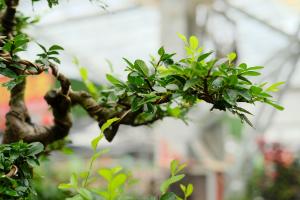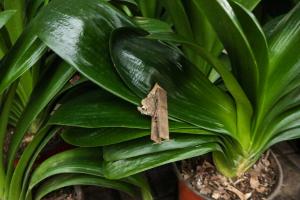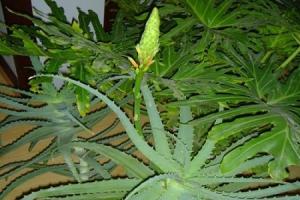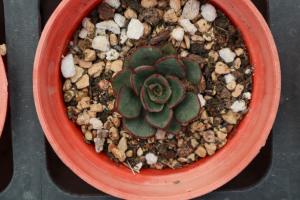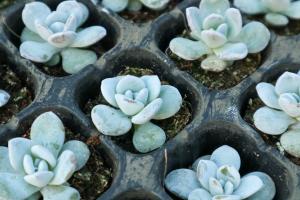What exactly is Blossom End Rot?
Blossom end rot is a common tomato plant problem that occurs when there is a calcium deficiency in the soil. This means that as the fruit grows, it experiences a lack of calcium, which is required for its proper development. The result is a brown, leathery spot at the bottom of the tomato fruit, making it unsuitable for consumption.
How to prevent Blossom End Rot in the first place
Preventing blossom end rot requires you to take proactive measures to ensure that your tomato plants have sufficient calcium all through their development stages.
The first step is testing your soil to determine its calcium content. The ideal level for tomatoes is around 1,200-2,000 ppm. If your soil is deficient in calcium, consider adding lime, gypsum or crushed eggshells, which are all excellent sources of calcium.
Next, ensure that your tomato plants receive adequate water. If plants are left to dry out, their roots will not be able to take up sufficient amounts of calcium from the soil and will often succumb to blossom end rot.
Lastly, you should avoid fertilizers containing an excessive amount of nitrogen, as this can lead to even more calcium deficiencies. Instead, opt for fertilizers rich in potassium and phosphorus.
What to do if your tomato plants already have Blossom End Rot
If you notice the brown leathery spot on the bottom part of your tomato fruit, it could be too late to prevent blossom end rot for that specific fruit. Nonetheless, there are things you can do to prevent further occurrence of this problem on other fruits from the same plant.
The first thing is to remove the affected fruits to avoid the spread of fungal infections. Next, give your tomato plant a good soak to stimulate calcium uptake from the soil.
You can also spray your tomato plants with calcium chloride or calcium nitrate to supplement calcium supply. Alternatively, you can add a teaspoon of Epsom salt to a gallon of water and apply the solution to the root zone weekly to boost your plants' health.
Conclusion
Blossom end rot can be a significant problem for tomato plant growers. However, with a bit of effort to get your soil's calcium level right, maintain proper watering, and be cautious of fertilizers, you can ultimately prevent the occurrence of the problem in the first place.
However, if you already have signs of blossom end rot, there are steps you can take to minimize further damage, such as removing the affected fruits, giving your plant a good soak, and supplementing the calcium supply with spray or through soil amendments.

 how many times do yo...
how many times do yo... how many planted tre...
how many planted tre... how many pine trees ...
how many pine trees ... how many pecan trees...
how many pecan trees... how many plants comp...
how many plants comp... how many plants can ...
how many plants can ... how many plants and ...
how many plants and ... how many pepper plan...
how many pepper plan...